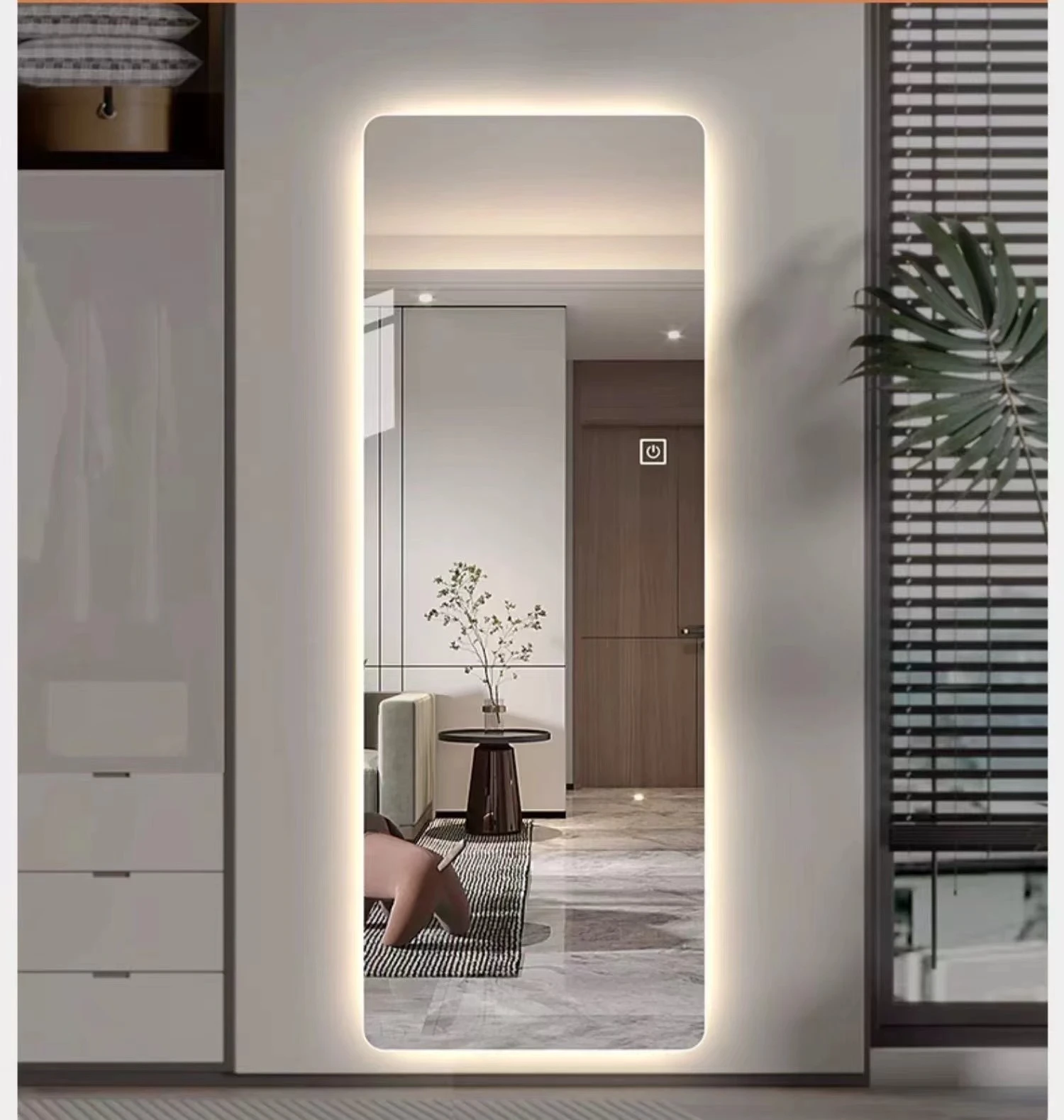

Understanding Low E 272 Glass Benefits and Applications for Modern Architecture
In recent years, the demand for energy-efficient building materials has surged as architects and builders strive to create sustainable living environments. Among these innovative materials, Low E (low emissivity) glass has become increasingly popular, particularly the Low E 272 glass. This specialized glass offers a plethora of benefits for modern architecture, combining functionality with aesthetics to promote energy conservation while enhancing the overall visual appeal of structures.
What is Low E Glass?
Before delving into Low E 272 glass specifically, it’s essential to understand what Low E glass is. Low E glass is a type of energy-efficient window glass that has a special coating that reflects heat while allowing light to pass through. This coating is typically made from a microscopically thin layer of metallic oxide, which helps to reduce the amount of infrared and ultraviolet light that can pass through. The result is improved energy efficiency, reduced glare, and enhanced comfort in indoor environments.
Characteristics of Low E 272 Glass
Low E 272 glass is particularly distinguished by its advanced coating technology, which allows it to offer enhanced thermal performance. This glass is designed to reflect a significant portion of the sun's infrared rays without compromising natural light transmission. Therefore, despite its reflective properties, Low E 272 glass allows for ample daylight to illuminate indoor spaces, creating a bright and welcoming atmosphere.
Furthermore, Low E 272 glass strikes an ideal balance between solar control and visible light transmittance. It significantly reduces solar heat gain during the hotter months while allowing the beneficial warming effect of the sun during the winter. This characteristic makes it versatile for various climates, helping to maintain a comfortable indoor temperature year-round.
Benefits of Using Low E 272 Glass
1. Energy Efficiency One of the primary advantages of Low E 272 glass is its ability to enhance energy efficiency within buildings. By minimizing thermal transfer, this glass helps to reduce heating and cooling costs, leading to significant energy savings over time. Buildings utilizing Low E 272 often qualify for green building certifications, further promoting sustainable practices.

2. Comfort Low E 272 glass contributes to improved indoor comfort. By reducing glare and maintaining a stable indoor temperature, occupants experience a more pleasant and productive environment. This is particularly beneficial in workplaces and educational institutions where focus and comfort are paramount.
3. UV Protection The coating on Low E 272 glass blocks a substantial amount of harmful ultraviolet (UV) rays from entering a building. This helps protect furniture, flooring, and artwork from fading, ultimately extending their lifespan and maintaining the aesthetic quality of indoor spaces.
4. Aesthetic Appeal Beyond its functional benefits, Low E 272 glass is also visually appealing. Its clarity and ability to transmit light make it an excellent choice for architects seeking to design modern, sleek buildings. The glass maintains a clear view without the dark tint that can be associated with other energy-efficient glass options.
5. Environmental Impact By promoting energy conservation and reducing reliance on artificial lighting and heating systems, buildings that utilize Low E 272 glass contribute positively to the environment. This aligns with global efforts to combat climate change and promote sustainability in construction practices.
Applications of Low E 272 Glass
Low E 272 glass is suitable for a wide range of applications in both residential and commercial construction. It is commonly used in windows, skylights, and glass doors, making it an ideal choice for new builds and renovations alike. Its versatility allows architects to incorporate this high-performance glass into various architectural styles, from contemporary designs to traditional aesthetics.
In commercial buildings, Low E 272 glass is particularly beneficial due to its ability to improve the overall façades’ energy performance while enhancing natural light entry. Shopping malls, office buildings, and educational institutions benefit from the reduced glare and improved occupant comfort that this glass provides.
Conclusion
Low E 272 glass stands at the forefront of modern glazing solutions, offering a unique combination of energy efficiency, aesthetic appeal, and environmental responsibility. As architects and builders continue to seek innovative solutions to combat climate change and create sustainable living spaces, Low E glass products like the Low E 272 will play an increasingly pivotal role in the future of architecture. By leveraging the benefits of this advanced glazing technology, we can create buildings that are not only functional and beautiful but also responsible stewards of our planet’s resources.